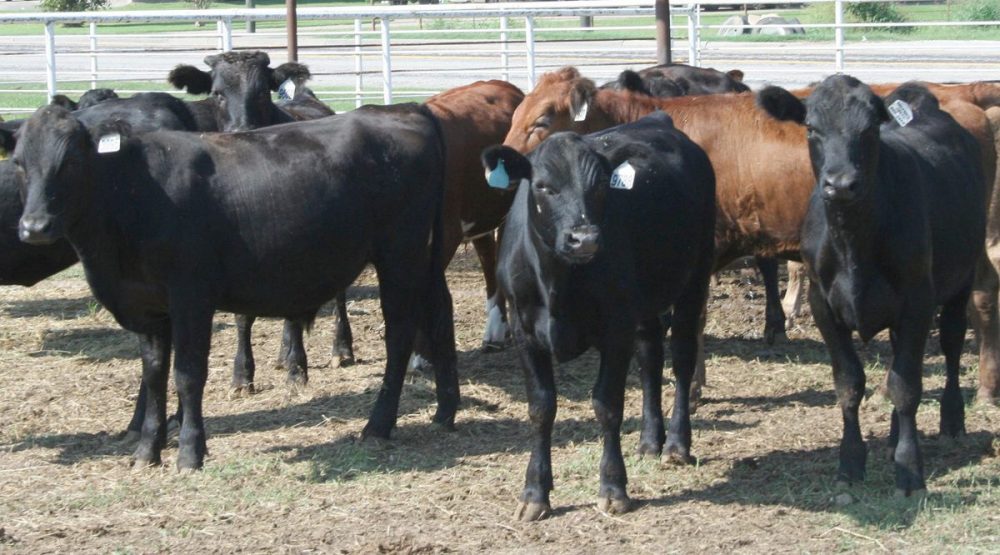September 3, 2024 – Bovine trichomoniasis, often shortened to “trich,” is a significant reproductive disease in cattle caused by the protozoan parasite Tritrichomonas foetus. This disease primarily affects the reproductive systems of cattle, leading to substantial economic losses, particularly in beef herds. The parasite is transmitted during natural breeding when an infected bull passes the organism to cows during mating.
In bulls, trichomoniasis is usually asymptomatic, meaning that infected bulls do not show visible signs of the disease. However, they become chronic carriers, harboring the parasite in their reproductive tract, specifically in the prepuce and penis, where it can persist for life. This makes bulls the primary source of infection within a herd. Older bulls (over four years old) are more likely to become persistent carriers due to deeper epithelial folds in their reproductive organs, which provide an environment where the parasite can thrive.
In cows and heifers, trichomoniasis can cause early embryonic death, abortions, and pyometra (a pus-filled uterus). These reproductive failures often go unnoticed until a pregnancy check reveals a high number of open (non-pregnant) cows or when cows return to estrus irregularly. The disease can result in extended calving intervals, reduced calf crops, and overall lower productivity, severely impacting the profitability of a cattle operation.
Preventing and managing trichomoniasis involves several key strategies:
1. Testing and Culling: Regular testing of bulls for Tritrichomonas foetus before the breeding season is crucial. Positive bulls should be culled immediately to prevent the spread of the disease. Testing should be conducted using PCR (polymerase chain reaction) tests, which are more sensitive than traditional culture methods.
2. Biosecurity Measures: Implementing strict biosecurity protocols is essential. This includes purchasing bulls from certified trich-free herds, maintaining separate herds for infected and non-infected animals, and avoiding communal grazing, which can increase the risk of disease spread.
3. Artificial Insemination (AI): Utilizing AI instead of natural breeding can significantly reduce the risk of trichomoniasis, as it eliminates the direct contact between bulls and cows during mating. AI allows for the use of semen from trich-free bulls, ensuring safer breeding practices.
4. Vaccination: While there is no vaccine that provides complete protection against trichomoniasis, vaccination of cows can reduce the severity of reproductive losses and help manage the disease within a herd.
Education and awareness are critical components of controlling bovine trichomoniasis. Producers should work closely with veterinarians and extension services, like Texas A&M AgriLife Extension, to develop comprehensive herd health programs that include regular testing, proper biosecurity, and informed breeding decisions. By proactively managing this disease, cattle producers can protect their herds from the devastating effects of trichomoniasis and maintain the productivity and profitability of their operations. For more information on this or any other agricultural topic, please contact the Hopkins County Extension Office by calling 903-885-3443 or email me at [email protected].






